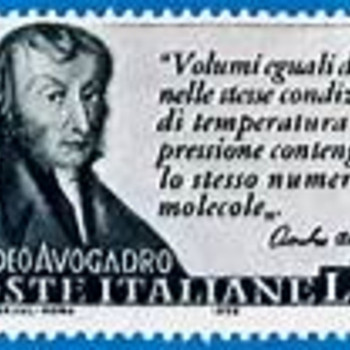What mass of calcium carbonate could be collected, if a #90*g# mass of glucose is fermented, and the product gases are vented to a solution of EXCESS limewater?
1 Answer
We need a stoichiometric equation for the fermentation of glucose. Approx.
Explanation:
One mole of glucose ferments to give 2 mole of ethyl alcohol, and 2 moles of carbon dioxide gas. When you do your brewing at home, you can often judge the end of the fermentation by the fact that the bubbler (i.e. the air lock on your fermenter) stops bubbling carbon dioxide gas.
By the stoichiometry of the fermentation reaction,
So at most,
What mass of ethanol is associated with the formation of this quantity?

